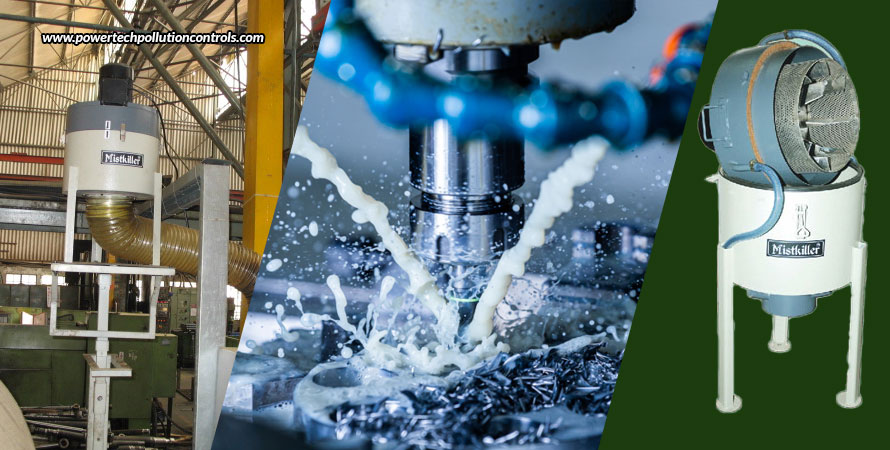
3 Best Practices For Oil Mist Control Systems
Systems for regulating oil mist are very effective at reducing the amount of oil waste generated in industrial settings. They can also improve the dependability of the machine in which they are installed. In addition to these two advantages, oil mist controller systems are a wonderful option because they normally require very little maintenance and inspection, which reduces the workload for any company using them. But it’s important to keep in mind that if you utilize an oil mist controller system, you need to know how it works and how it was made. Choosing the right system and having a professional install it are equally important.
Selection
The first step in making a sensible decision is selecting the correct mist collector. The best option would be a centrifugal mist collector, which collects liquids at a high rate of centrifugal force. Unwanted particles are caught into a rotating drum using centrifugal technology, and combined into larger droplets that can be eventually drained out of the device. For the best results, such a system often needs an additional post-filter. The Mistkiller from Powertech Pollution Controls is one highly efficient centrifugal oil mist collector, designed, developed, and manufactured for the control of most types of mist, generated by the use of water-based coolants or water-based liquids.
Installing and setup
For effective operation, oil mist collectors must be placed around 600 feet away from process pumps. The first 50 feet of the supply piping must be directed backwards towards the generator in order to lessen the amount of oil waste. This will facilitate the return of any surplus oil to the pump. And the remaining pipework should either slope back towards the mist generator or any low parts with drain valves to stop oil from draining away.
Inspection
Once the oil mist collector is up and running, it is essential to regularly inspect and maintain it to ensure that it continues to function as effectively as possible. The air filter, regulator, separator, air heater, and oil reservoir are among the components that need to be carefully inspected. Since air separators and air filters need to be kept clean in order to pump a steady supply of clean air, it is essential to inspect them more frequently. To stop oil from beginning to accumulate in the system, it is also crucial to carefully monitor the collection tanks. However, all checks and inspections must be performed by a thoroughly qualified professional with extensive knowledge of oil mist systems.
In fact, it is usually recommended to delegate to a professional all of your mist collection responsibilities, including collector selection, setup, and inspection and maintenance. This will keep everything under control and provide you the finest results by giving you the most suitable oil mist collector, appropriately positioned, and set up. So, for any manufacturing facilities where processes like CNC machining, cleaning chambers, spraying systems, and any other procedures that involve the generation of oil and mist, an oil mist collection system is a must.


